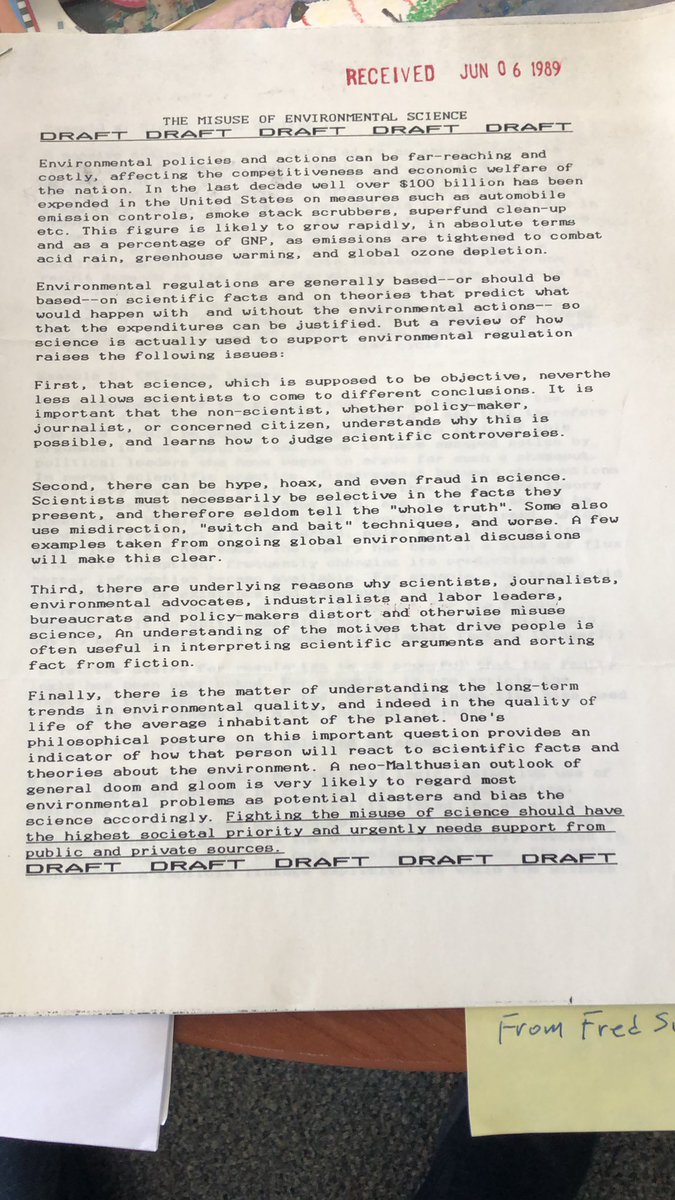
I'm not going to link to this garbage. If you want to read it, google.
this tweet reminded me of this:
https://twitter.com/joshmccrain/status/1440792282974679047?s=20
• • •
Missing some Tweet in this thread? You can try to
force a refresh














